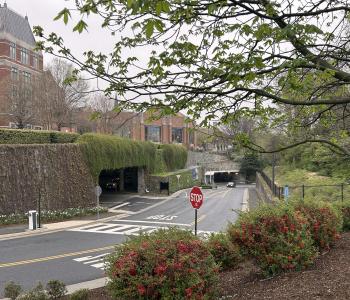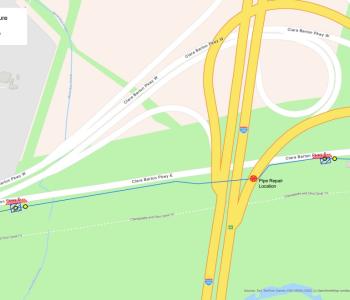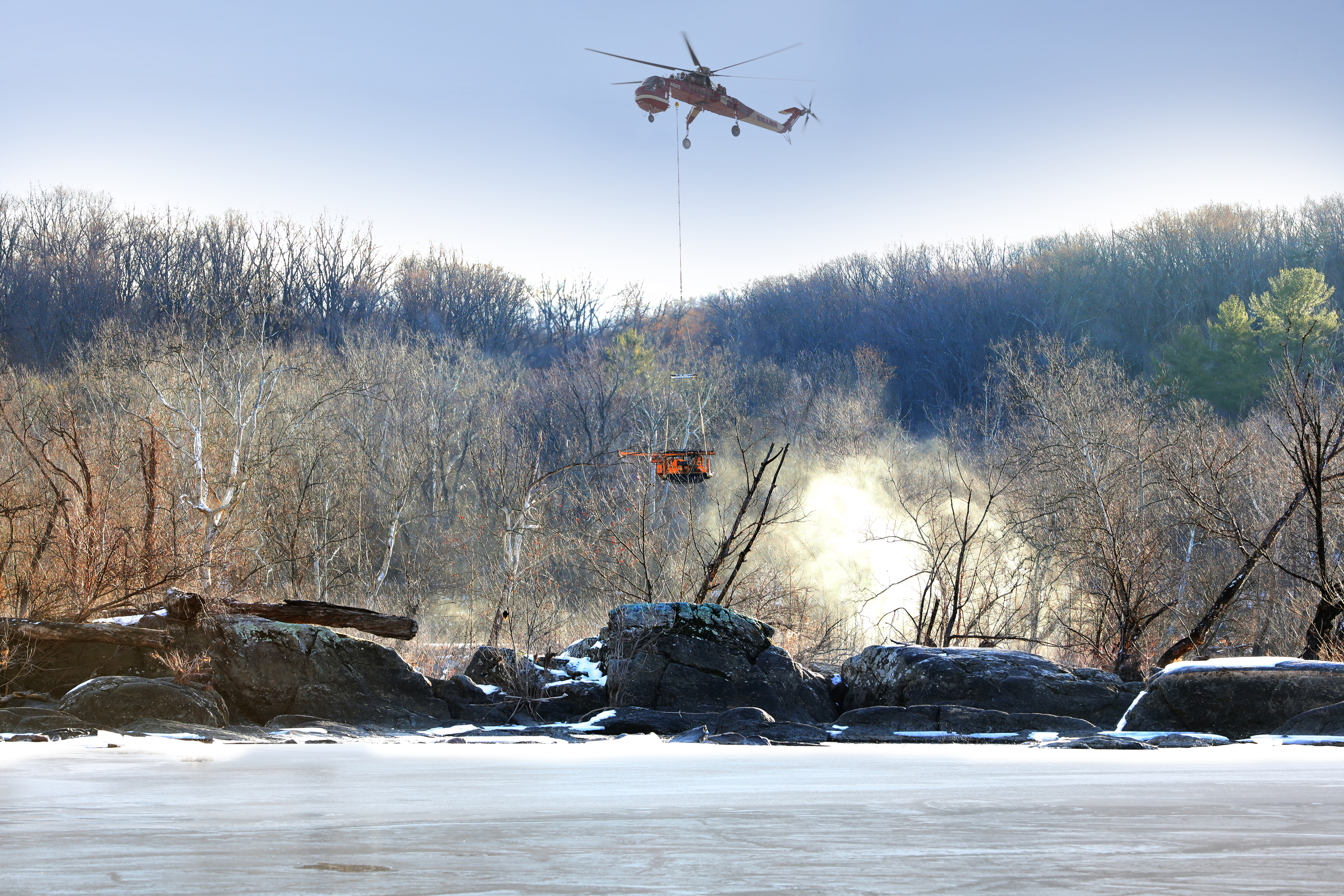A Letter to Our Customers
Dear WASA Customer:
We want to answer any questions you have regarding lead in the water supply. First, I want to assure you that providing safe and clean drinking water is our highest priority.
Understanding the Source of the Problem
There are about 130,000 water service pipes in the District of Columbia connecting homes and buildings to public water mains under the streets. The vast majority of those are not lead service pipes. Our initial efforts are concentrating on the relatively small percentage of our customers served by lead service lines. There are approximately 23,000 homes in the District built before 1950 that are connected by lead service pipes running from our mains that may have increased levels of lead in their tap water. Lead in water can enter your home through internal plumbing if the pipes are lead or have lead solder and through lead service pipes that bring water from the public water main into your house. Even if your house has a lead service pipe, it doesn’t necessarily mean you will have elevated levels of lead in your tap water.
WASA’s Responsibility to Help Identify & Address an Elevated Lead Level
Water in Washington has been regularly tested for lead since the 1980s. In the spring and summer of 2002, samples indicated that some households experienced increased lead
levels above the Environmental Protection Agency’s "action level" of 15 ppb (parts per billion). As a result, we undertook a public notification campaign as required by federal Environmental Protection Agency rules. As also required by those rules, we replaced over 500 old lead service pipes, and are identifying others for replacement. We are working with EPA, the DC Department of Health and the Washington Aqueduct to assure that your health is protected and your water is safe. We realize our notification campaign
didn’t get through to everyone, so we are now enclosing additional information. We are also rigorously investigating the elevated lead levels so that we can address them
effectively.
What Can You Do?
We will work with you to determine if your house has a lead service pipe. If we believe you have a lead service pipe, you will receive another letter from us about testing shortly. If you have questions, please contact us at our Lead Services Hotline at 202-787-2732 or by email at WQP2003@dcwasa.com.
The DC Department of Health has asked families with children under the age of 6 and pregnant women to contact them at (202) 535-2626 for a free blood test. If your house is
connected to our mains by an old lead service pipe, or if you are concerned about the possibility of lead in your tap water, the easiest way to minimize the potential for
exposure is to let the water run before drinking it. As the enclosed WASA/EPA Brochure states, "Flushing the tap means running the cold water faucet until the water gets
noticeably colder, usually about 15 to 30 seconds. If your home has a lead service line to the water main, you may have to flush the water for a longer time..." A practical way to
do this while using water wisely is to draw water for drinking after another significant water use inside the home (like showering or bathing).
We will continue to replace old lead pipes that are under city property. The part of the pipe that is on private homeowner’s property is the responsibility of the customer. In most cases, we can replace the homeowner’s portion, at cost, at the same time we replace the city’s portion.
We are committed to serving our customers well, and to addressing this issue as quickly
and effectively as possible.
Sincerely,
Jerry N. Johnson
General Manager







